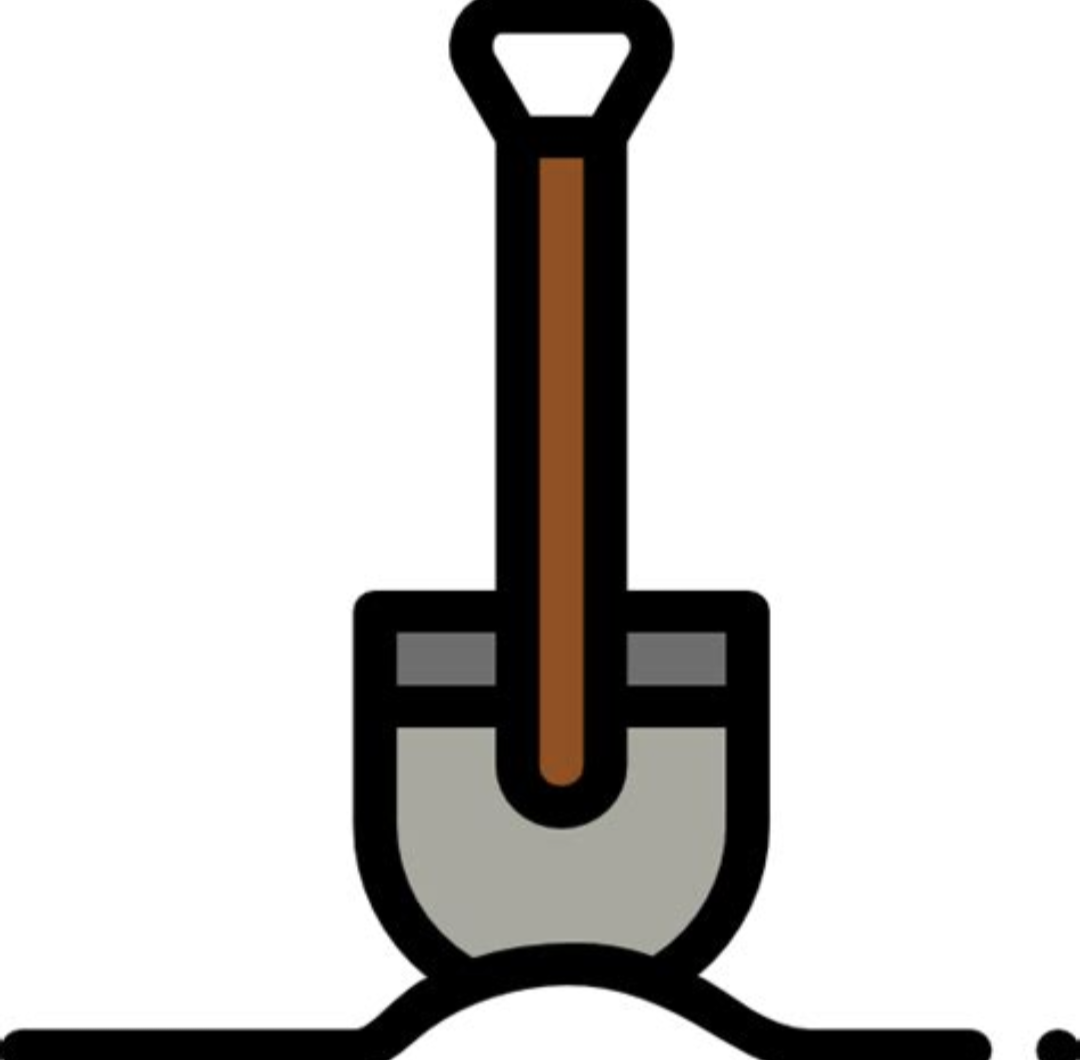I’ve been using HA for a while; having my home just “do things” for me without asking is fantastic. My lights turn on to exactly the levels I want when I enter a room, my grass and my plants get watered automatically, heating and cooling happens only when it needs to. There are lots of benefits. Plus, it’s just a fun hobby.
One thing I didn’t expect, though, is all the interesting things you can learn when you have sensors monitoring different aspects of you home or the environment.
- I can always tell when someone is playing games or streaming video (provided they’re transcoding the video) from one of my servers. There’s a very significant spike in temperature in my server room, not to mention the increased power draw.
- I have mmWave sensors in an out-building that randomly trigger at night, even though there’s nobody there. Mice, maybe?
- Outdoor temperatures always go up when it’s raining. It’s always felt this way, but now it’s confirmed.
- My electrical system always drops in voltage around 8AM. Power usage in my house remains constant, so maybe more demand on the grid when people are getting ready for work?
- I have a few different animals that like to visit my property. They set off my motion sensors, and my cameras catch them on video. Sometimes I give them names.
- A single person is enough to raise the temperature in an enclosed room. Spikes in temperature and humidity correspond with motion sensors being triggered.
- Watering a lawn takes a lot more water than you might expect. I didn’t realize just how much until I saw exactly how many gallons I was using. Fortunately, I irrigate with stored rain water, but it would make me think twice about wasting city water to maintain a lawn.
- Traditional tank-style water heaters waste a lot of heat. My utility closet with my water heater is always several degrees hotter than the surrounding space.
What have you discovered as a result of your home automation? While the things I mentioned might not be particular useful, they’re definitely interesting, at least to me.
I have a Dyson smart air purifier / heater combo in my room. It has a mostly real time app that shows whether the air is healthy or unhealthy. One night I was laying in bed and felt some gargantuan ass thunder brewing, so I aimed my cheeks toward the Dyson and watched gleefully as my air quality went from green to red. Technology is amazing.
I learned my air filter uses almost no electricity so I just leave it running 24/7 now.
Minor and obvious thing, but seeing it plotted finally made me recognize it: the temperature on my balcony is consistently lower than temperature inside my fridge for a good part of the year.
Wait, how do you make your smart bulbs turn off and on automatically when you enter/leave a room? I’ve been using them for years and I always have to manually trigger them with an app! And how are you measuring power usage?
I use a mmWave presence sensor and PIR motion sensor in each room. I’ve found that mmWave sensors tend to give false positives and motion sensors don’t work too well when a person is at rest (say sitting and watching TV). Lights come on when the motion sensor triggers, then they shut off when the presence sensor has been idle for a set time, usually 5 minutes. This works perfectly for me.
I’m gonna assume you’re not using Home Assistant yet.
There is an app for Home Assistant but from your comment I’m assuming you’re talking about something like Smart Life.
Home Assistant takes all these different companies and creates a central hub for them all. So we have Hue bulbs and Nest cameras all talking to each other via Home Assistant.
If you’re already using Home Assistant then disregard and have look into PIR and Mm Wave sensor.
I’ve moved up a level and recently made a bed sensor.
You’ll want to research “room presence” systems.
Here’s one I’ve been looking at implementing for an example: https://espresense.com/
If you go this route, you’ll absolutely need mmWave sensors as regular PIR sensors only sense movement not presence and you’ll experience lights shutting off when you’re sitting too still in a room. I’ve considered setting this up a few times but want mmWave and PIR sensors with a lux sensor all-in-one and the market for this is extremely small. I think only some sketchy Tuya and the Everything Smart Home youtube channel have sensors like this but they’re expensive and I just haven’t pulled the trigger.
- Motion sensors. The mmWave are very sensitive but also expensive. Nice for rooms where you sit still or lie down for longer periods, such as an office or bed room. PIR sensors are the cheap ones, very useful for hallways, stairs, kitchen and toilets.
- Some smart plugs measure current. Innr has a nice zigbee smart plug with a physical button and monitoring for around €20.
FYI If you have a Zigbee bridge, you can just connect most zigbee devices to it and you are not tied to the app or devices of the bridge’s brand.
The biggest one was probably a combo of having an anemometer, and heat/humidity sensors in each room.
When it’s cold outside, the top floor of the house (loft conversion) loses more heat. But it loses significantly more heat when it’s cold, and the wind is blowing parallel to the floor joists.
I realised that because they’re not perfectly sealed (old house), enough air pressure means that the floor void can easily hit external temperatures, meaning the rooms have cold on twice as many sides.
I will (eventually) get some suitable insulation in them to stop this.
Onkyo home cinema amp was eating 50W when being “off”.
Fixed it with smart multi-plug which power the amp when the tv is on, and cut power when tv is off.I had similar experience with my onkyo. It was ocuuring only when set in a “special” mode of being a mutimedia center of the whole living room - the mode where all the video and audio inputs go to it and it handles them and forwards the video output to the TV. I disabled it and instead connected all the inputs to the TV itself and forwarded audio only to the amp. This drastically decreased the standby usage. Maybe it applies to your situation too. Anyway, I am pretty sure draw this big in the standby is illegal in the EU.
I have too much HDMIs to plug everything in the TV.
Between the ISP TV Box, PC, Raspberry Pi, Game Console, DVD players.
A friend in HVAC told me each person produces 350 btu of heat on average
Yes, but that is a person at rest. They generate more heat if they are active. Useful if you’re planning the heating needs for movie theater as compared to an exercise studio.
The humidity in my apartment is affected far more by cooking than by showering.
Is it the food or just that your extractor fan is bringing in outside air? (Please tell me you cook with an extractor fan!)
Some apartments can have a charcoal filter hood instead of a fan that extracts directly to the outside, depending on ventilation design. My fan is one of those.
Many many places (it is a trend now) just have extractor fans that simply run through a shitty filter and blow it back into the room. My old rented house (it was just renovated in 2021) was like that along with tons of moisture problems coming from a half-assed renovation (turns out, the church officials were embezzeling a ton of money from the church company that came out a few years later) of a protected monument house from the 1500s.
I don’t have a fan, but I have a window near my stove. HA’s graphs let me compare the effect of opening the kitchen window by itself vs opening it while cooking, so I can isolate the effects.
Are you cooking on gas?
You might recall that
carbohydrateshydrocarbons being burned release a lot of H2O.IME, the humidity from cooking is much much less when using an induction stove
Hydrocarbons. Carbohydrates are in bread, pasta and potatoes.
Oven full of carbohydrates = good
Oven full of hydrocarbons = bad
No, induction.
I haven’t tried to differentiate between cooking involving boiling, steaming, etc. versus sautéing, frying, or other oil-based methods—I assumed the humidity spike was due to the former.
By recording the electricity use in my house I noticed a 1500 watt spike at a semi-regular interval. It would happen every 50 minutes and lasted for a few minutes. While overall not that much of a draw, it sort of drove me crazy not knowing what it was…
Then I discovered that it was our septic system’s effluent pump (the leach field is up on a hill). The pump was turning on way too often because ground water was leaking into the pump chamber. It’s not supposed to do that. The tank was about 45 years old, so not a huge surprise really.
Basically, my home automation (or tracking, really) lead to an $8k concrete tank replacement (more or less, as we had the guy do some additional stuff while he was here).
That’s not really a bad thing though. Maintaining your house is very important. Our well had failed a coliform test the previous year, and I’ve yet to get it re-tested to see if the new tank fixed that little problem. I’ve been giving everything some time to settle down.
My electrical system always drops in voltage around 8AM. Power usage in my house remains constant, so maybe more demand on the grid when people are getting ready for work?
If it turns into a problem I wonder if you report that to your power provider they can investigate it. I assume it isn’t much of a drop though 240v to 210v ish drop.
We had a UPS that would report under voltage every winter at a remote radio tower. We sent the info to the power company and a few months later found the issue and we never got an alert again.
I assume it isn’t much of a drop though 240v to 210v ish drop.
If you had that big of a drop, it would likely have already caused the local power grid to trip and turn off. That hardware is not designed to run at a very large frequency differential from normal, and while 30v might not sound like a lot, it’s still enough to massively change the Hz of the AC.
A voltage change on the consumer side means increased current through a resistance somewhere in the line… Something undersized or overloaded, or a bad connection, for that kind of voltage drop.
Still, that should not change the AC frequency of the grid significantly in this case… You’re never going to have a different frequency than the power plants. They’re all sync’d and the entire grid would go down if the frequency changes too much.
Tell me more about automatically watering plants
I have a Rachio irrigation controller. I’d recommend OpenSprinkler to avoid being tied to a “cloud” service, but I didn’t know that when I purchased my Rachio.
One of my irrigation zones feeds into my greenhouse. It splits off to two solenoid valves. When it’s time to water my plants, HA triggers that zone through the Rachio integration and opens the appropriate solenoid valve that connects to my emitters. If my humidifier gets low, then it does the same thing but opens the other valve.
Probably the most surprising thing I discovered with Home Assistant was the amount of electricity used by our washing machine in the supplied one in our rental. I hooked up a Kuaf Energy monitoring plug (PLF12) and was able to track each cycle by measuring the power draw. Something like this:
Fill 6.00 - 7.00 W Wash 493.5 -788.5W Drain 405-450W Spin 8.0 8.84 A + 498-800W
These are my rough notes and observations, I’m planning on creating an automation to indicate on our dashboard the current state of the washer making it a tad smarter. :) Also to alert us that it’s finished!
The other one I discovered was the amount of energy the Dishwasher pulls. . It’s a complex power draw and I’ve only managed to get our dashboard to show it’s running successfully. There is a huge variance in the power draws, that sometimes, I found that if it jumped by a volt or two, it would falsely say it’s in the second rinse cycle when it’s really filling the basin. Nonetheless, it was surprising to see how much less energy I thought the were using was.
I put a 4-1 one Zooz sensor up above the hall pointing at our front door, so it captures every entry point into our upstairs apartment. When I first set it up, it was a bit unsettling to have it detect even the smallest movement, eventually some adjustments were made and it’s more refined and not so trigger happy.
The biggest metric I discovered is just how humid our place gets! As a direct result, I bought a dehumidifier which we run year round. Living in the Pacific NW makes managing humidity challenging. (You know the old jokes about it being rainy all the time, yeah…it sort of is) As a result, we have a dehumidifier which runs year round almost non-stop. Not so much in the summer months. While most people buy a humidifier for the winter, we run it more in the winter as it’s too cold to exchange the outside air with the in which can lower it down to as low as 10-15% in the summer. We learned our comfort levels to be around 45-50% instead of the 75-80% it was before we bought the dehumidifier.
We are planning on relocating sometime this year to the other end of our state which is a different climate, so it will be a new discovery period of temps and humidity for us, for this, Home Assistant will be coming along for the ride! :)
OP’s post is a good lesson in the value of metadata and how important data privacy protections are.
- My TV’s power consumption is basically doubled when the input is running at 2160p compared to 1080p.
- Running the portable AC in my office for more than 24 hours causes it to cycle off and on because the humidity collection sump fills up and needs to be emptied (it throws a completely unhelpful error of ‘Low Temperature’).
Note to self: game at 1080p with glasses off to lower electrical costs
That’s really interesting with your TV. I would actually expect power consumption to increase with 1080p since it’s having to upsample the input to match your native resolution. Unless you’re playing 4k content on a 1080p panel, in which case it makes more sense.
It’s a Sony 65” 2019 4K LCD panel.
2160p registers ~200W, 1080p ~100W.
The measured 2160p feed is from a 2017 Apple TV 4K, 1080p from a docked Nintendo Switch.
So 4K is more efficient $/pixel then
I never thought about temperature/humidity sensors! I know some gardeners that use them in various greenhouses, but that’s interesting stuff. Is there anything yall’ve learned about the power efficiency of heating/cooling methods? Currently we’re making a lot of baked goods and stews to keep the house warmer and more humid, but I don’t have any data on actual power use changes.
Check out Technology Connections on YouTube. Specifically this playlist on heat pumps.
The only thing more efficient would be mechanized Solar shades and passive techniques.
I’ve had a temp/humidity temperature in all house rooms for a few years now, and it’s dead useful.
Balancing the radiators and TRVs so everything heats up evenly.
Spotting anomalies (top floor loses a lot more heat when the wind is blowing)
And setting the flow temperatures for the radiators, as I can see the rate of heating compared to outside temperatures.










